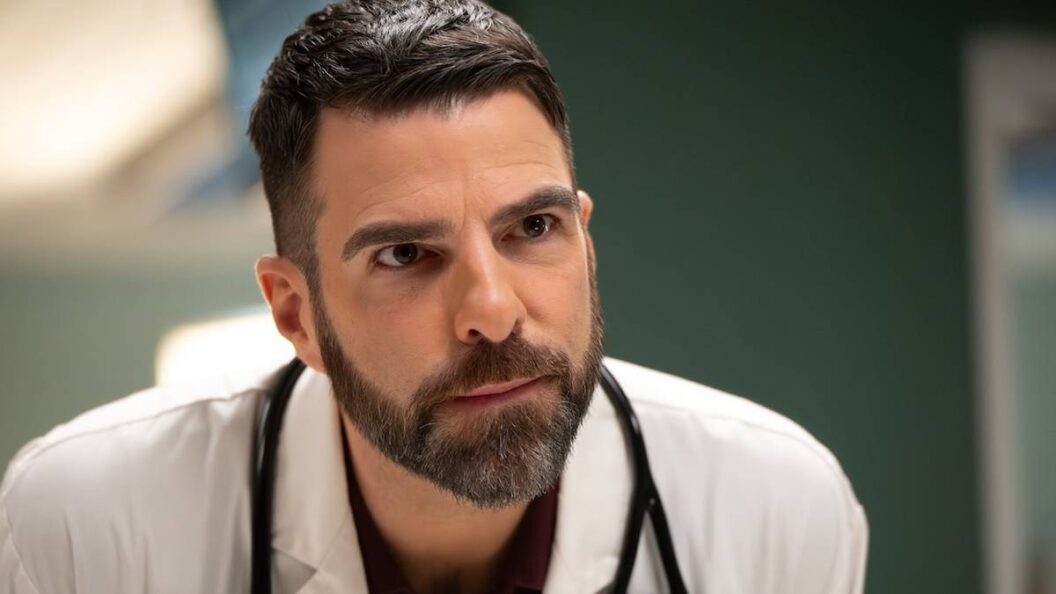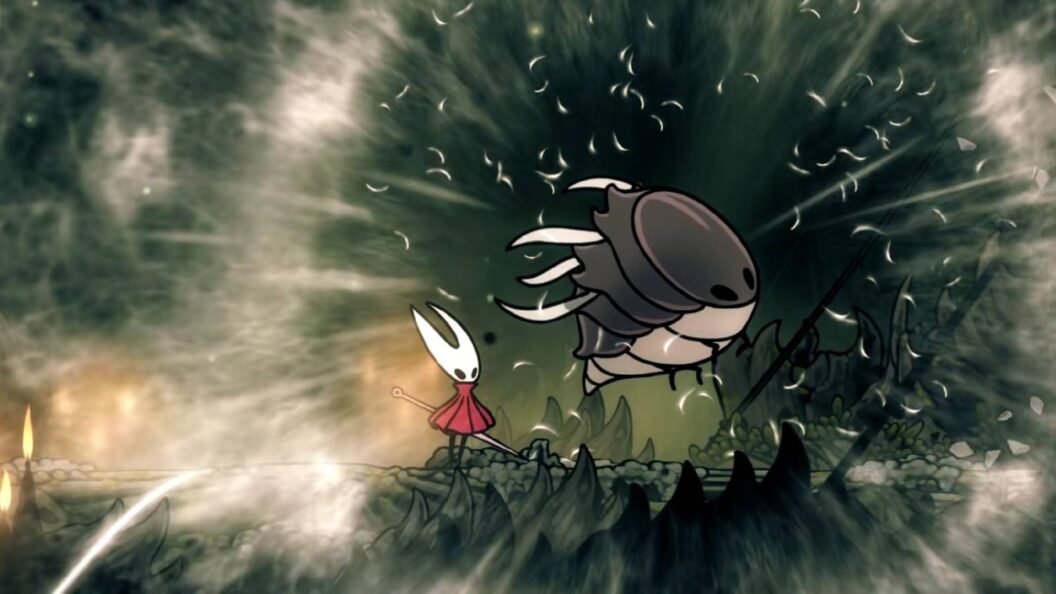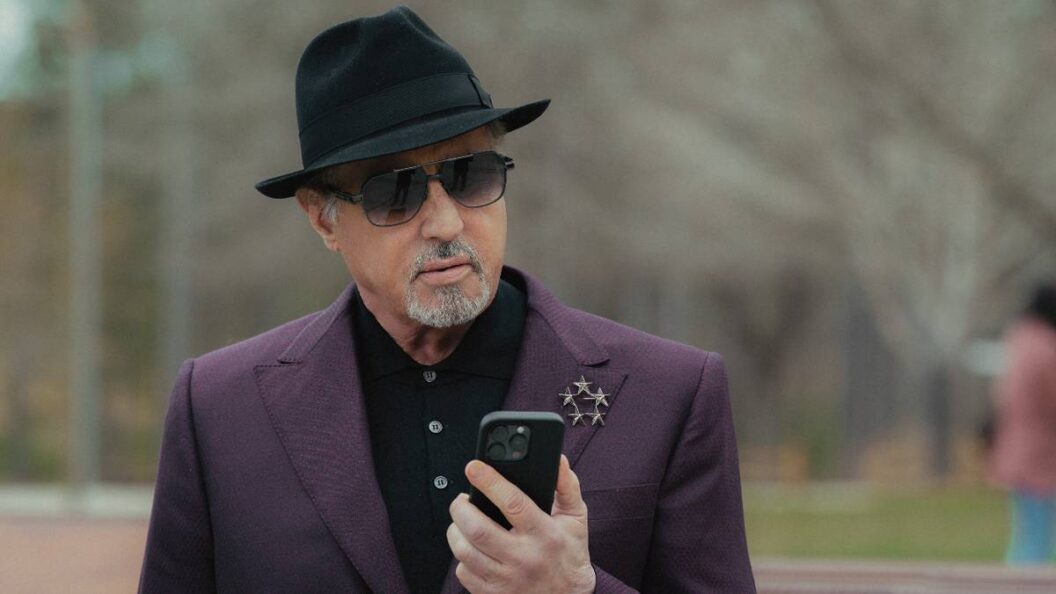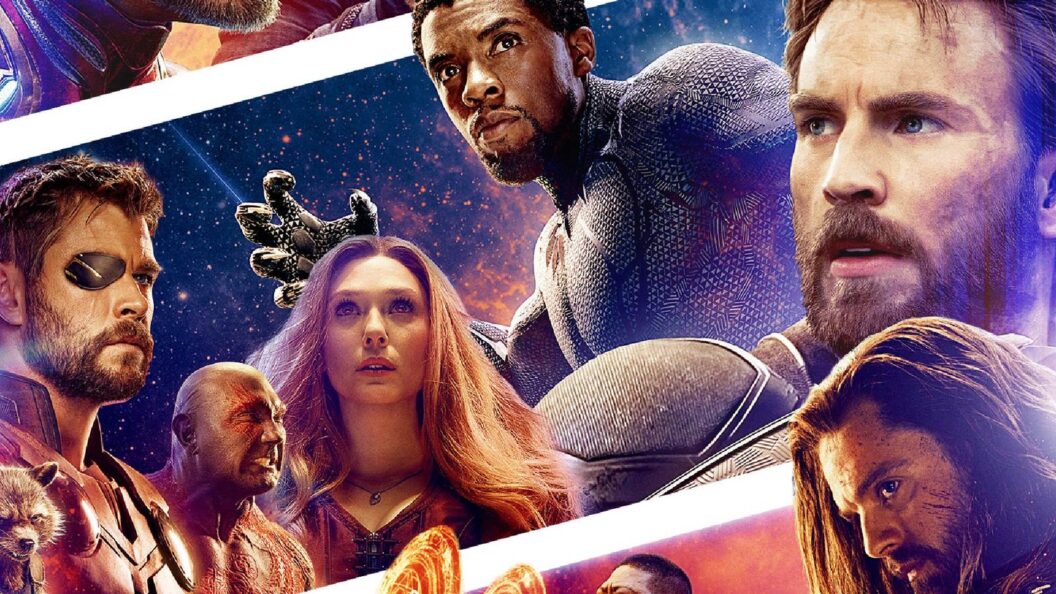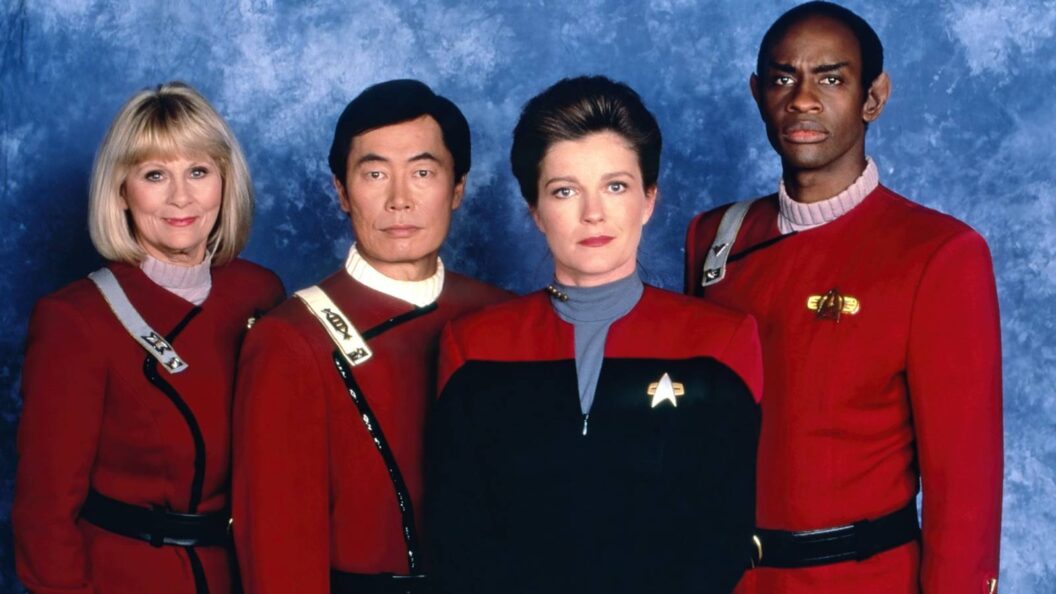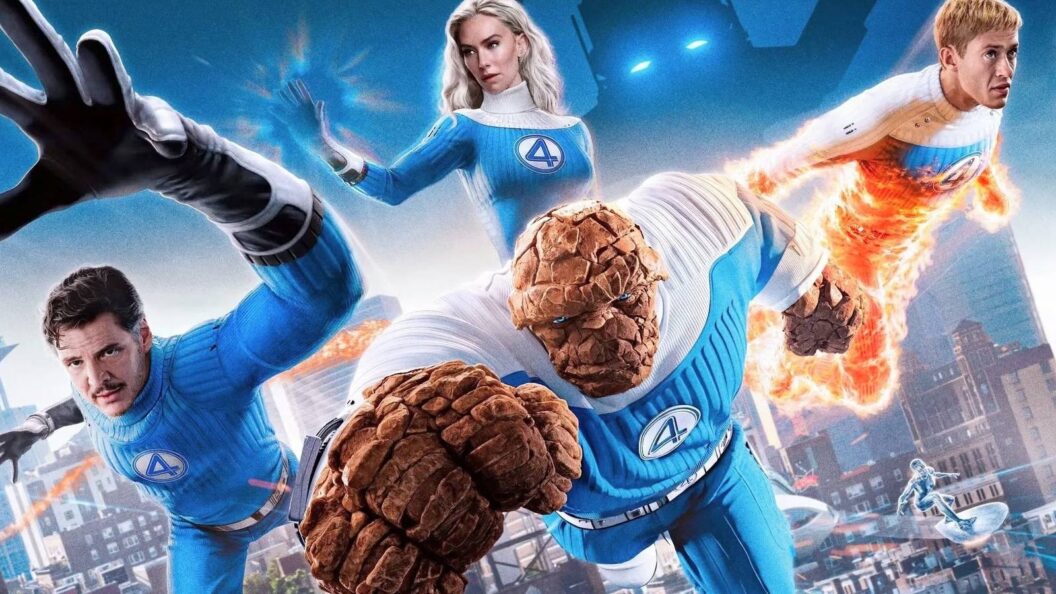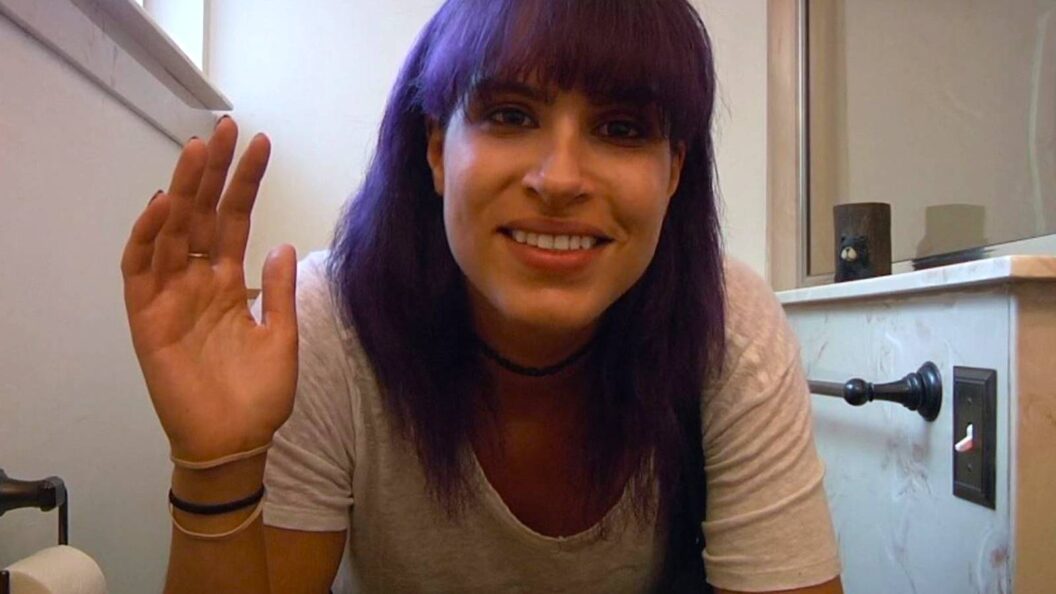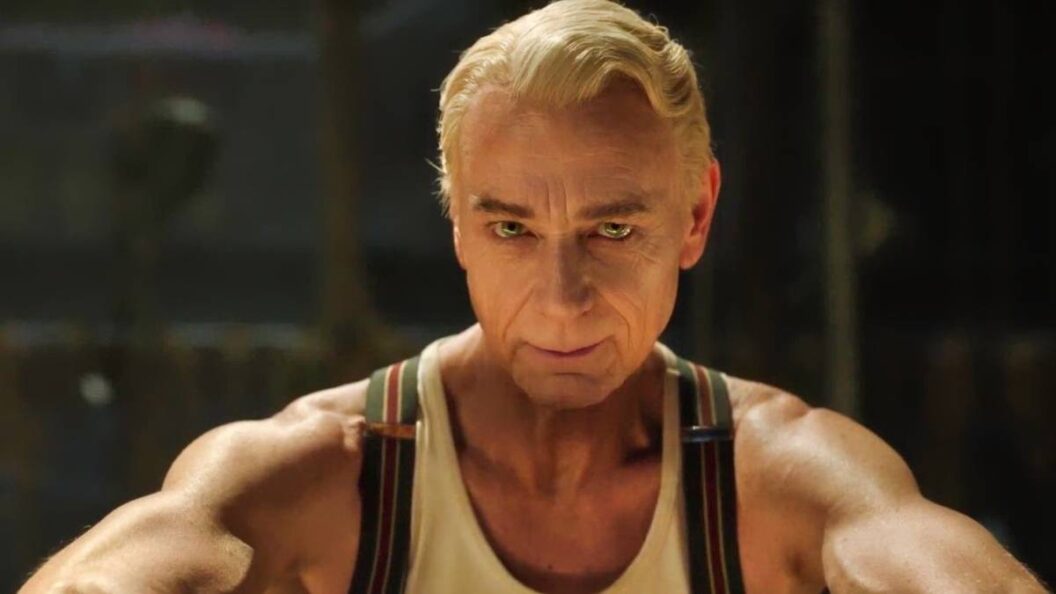Brilliant Minds Season 2 Episode 3: Unpacking Drama, Communication, and New Leadership
The latest episode of Brilliant Minds unfolds with tension and emotional weight, starting with an intense subway scene that sets the stage for the episode’s exploration of communication and justice. As viewers dive deeper into the intricacies surrounding Dr. Oliver Wolf (Zachary Quinto) and his team, this episode cleverly intertwines the medical drama with societal themes involving autism and the legal system.
A Tense Beginning and An Unexpected Twist
The episode opens in a sweltering New York City subway where Gloria, a seemingly ordinary woman, becomes the victim of a near-death experience when she is almost pushed onto the tracks. Max (Jonathan Kim) and Katie (Mishel Prada) arrive heroically to save her, but it is later revealed that Gloria is not the central patient of the week. Instead, the focus shifts to Adam (Liam Galway), an autistic, non-speaking individual who becomes embroiled in the chaos surrounding Gloria’s incident.
Michelle (Stacey Farber), a social worker, calls upon Dr. Wolf’s team to help Adam, who is the primary suspect in the alleged assault on Gloria. This twist paves the way for examining how individuals with communication challenges can often be misunderstood in both medical and legal contexts.
Finding a New Way to Communicate
The crux of the episode revolves around communication barriers. Wolf emphasizes that while humans have been communicating for millennia, spoken language is a relatively recent development. To better connect with Adam, the team eventually brings in empath Van (Alex MacNicoll), who discovers that Adam finds solace in music. This revelation gives way to a breakthrough when Adam begins fluttering through butterfly sketches, a poignant metaphor that leads to understanding his medical insights about Gloria.
As Adam repeatedly states, "Saya," Wolf eventually deduces that he is actually trying to say "Say ah," suggesting a medical need. The story culminates in an emotional resolution as they diagnose Gloria with lupus, which Adam’s drawings help reveal. This deepens the episode’s exploration of how non-verbal cues can carry significant weight, especially in medical diagnoses.
Character Dynamics and Challenges
Character interactions dominate this episode, particularly the contrasting roles of Dr. Tom Charlie Porter (Brian Altemus), whose abrasive nature adds stress to the team dynamics. While attempting to conduct his own examine, he mistakenly believes Adam exhibits violent behavior. This subplot underscores how critical it is for understanding and trust to be established before any medical examination can transpire.
Additionally, Carol (Tamberla Perry) is navigating tumultuous waters following her previous disciplinary actions. She confronts her fears and tries to reconcile her relationships within the hospital, particularly after learning that one of her colleagues reported her. This subplot sculpts another layer of conflict, revealing the often cutthroat environment in healthcare settings.
A Game-Changing Leadership Shift
A major twist in the narrative arises at the end of the episode when it is revealed that Josh (Teddy Sears), Dr. Wolf’s ex-boyfriend, is now the new Chief Medical Officer at Bronx General. With Josh now overseeing Wolf’s treatments and medical choices, viewers can anticipate heightened tension as the two must navigate their complex past while working together in a professional framework.
Conclusion: The Significance of the Episode
This episode of Brilliant Minds effectively marries several themes, such as communication barriers, societal perceptions of autism, and the dynamics within hospital administration. The portrayal of Adam’s experience highlights the fragility inherent when conveying needs in high-stress environments.
As the series continues to explore the nuances of the healthcare system, the impact of personal relationships also takes center stage, promising further character development and conflict resolution. The episode concludes with the promise of rich storytelling ahead as the relationships and power dynamics unfold in future episodes. Brilliant Minds airs Mondays at 10 p.m. ET on NBC, with episodes available the following day on Peacock.



